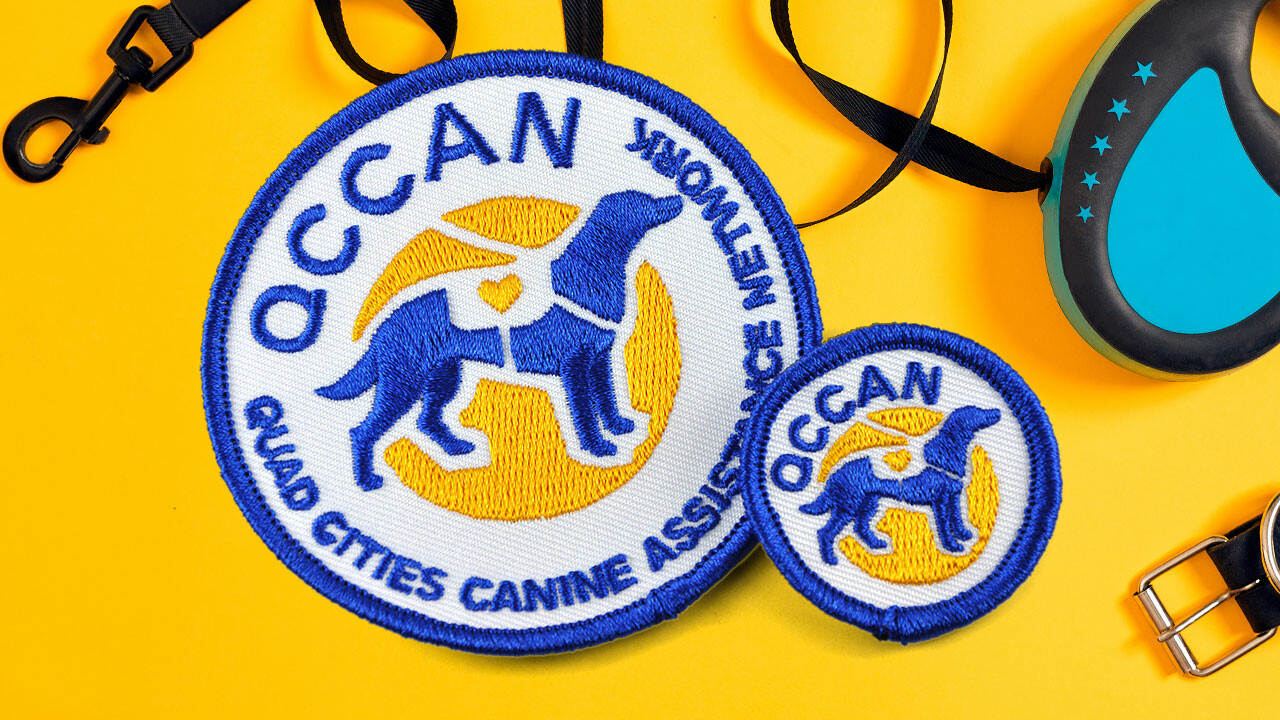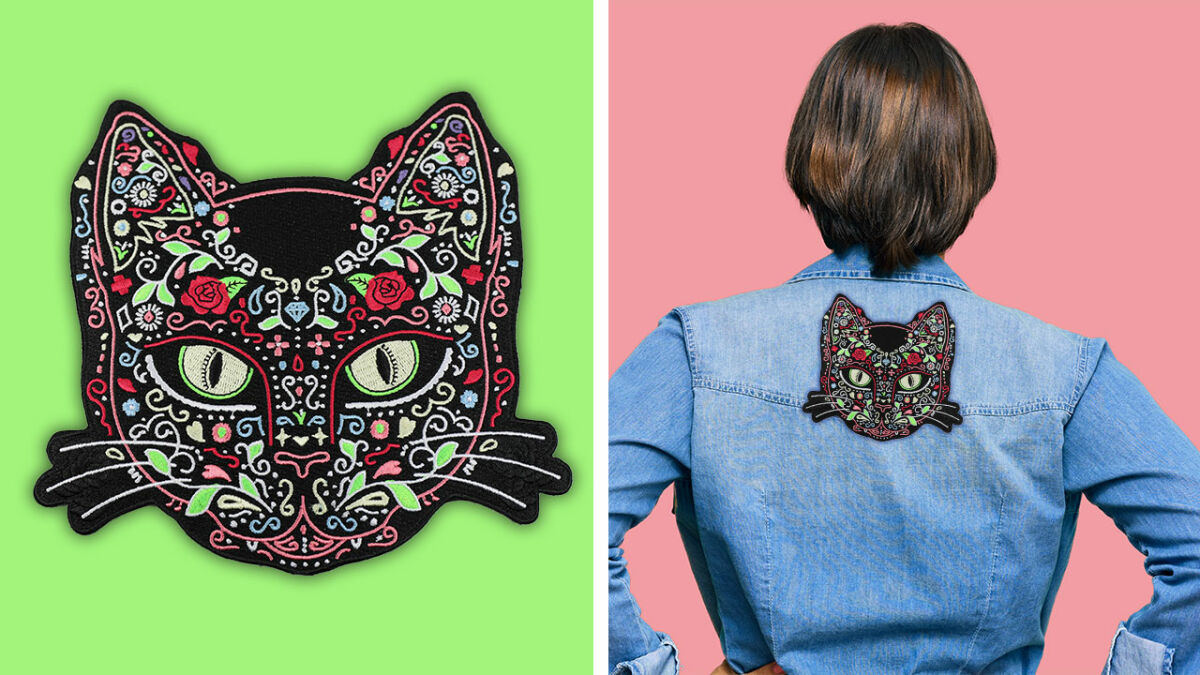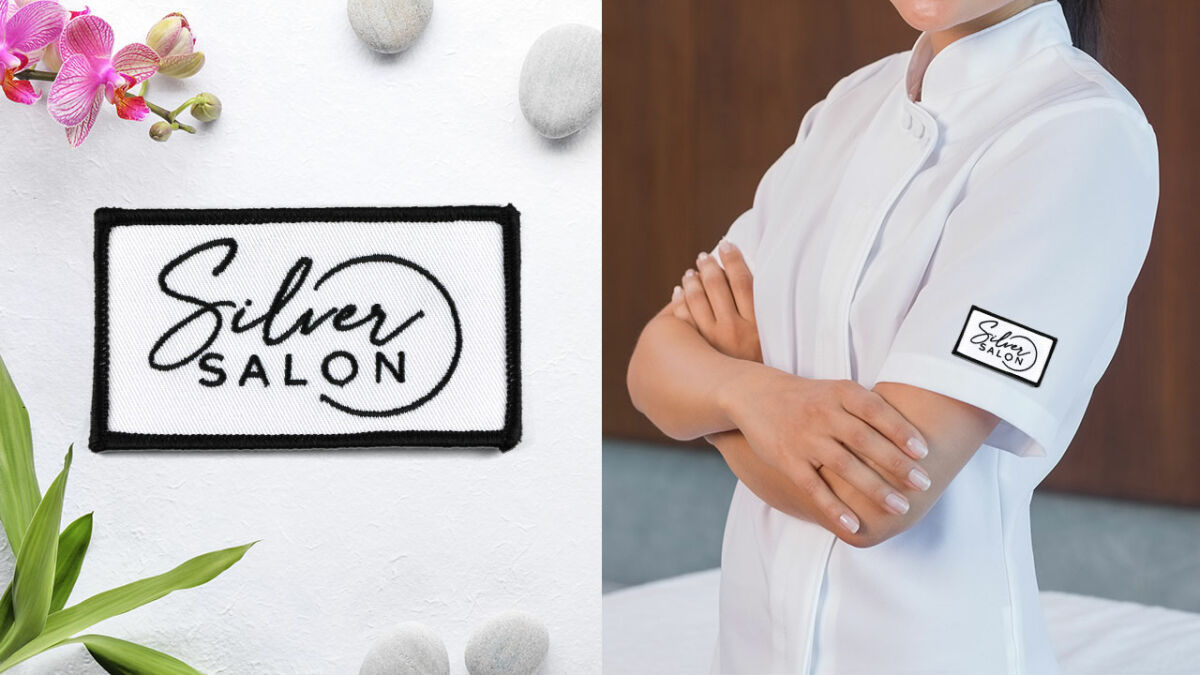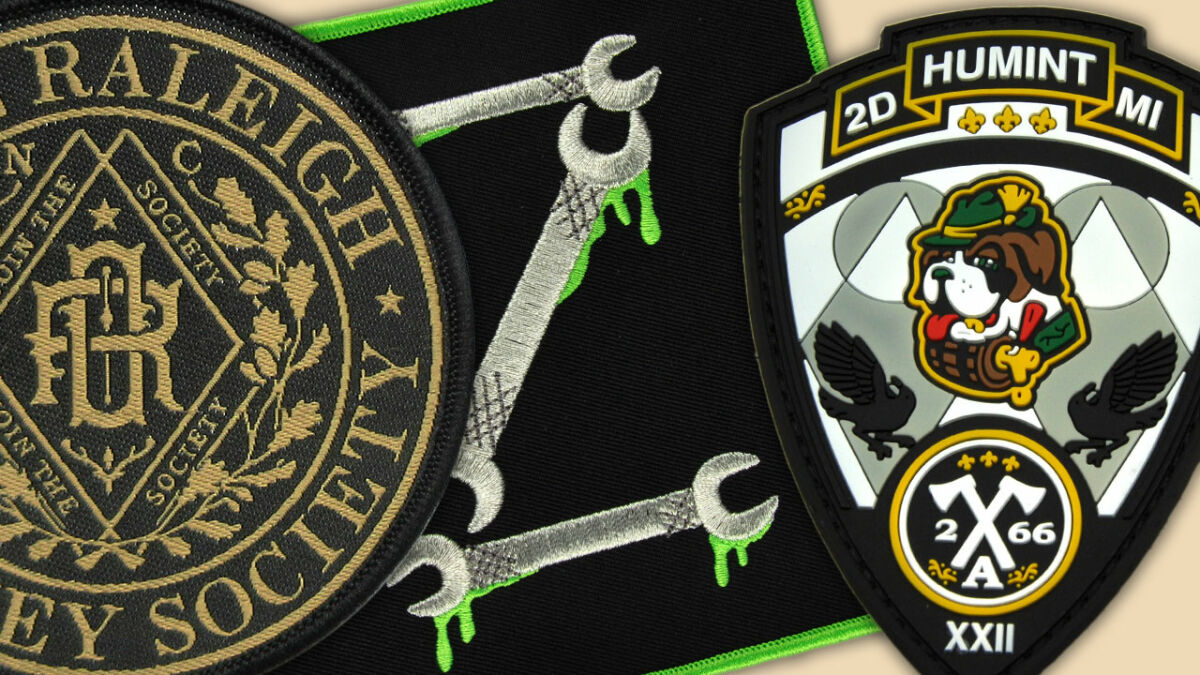
Bigger May Not Mean Better: A Guide To Embroidered Patch Size
Whether large or small, the right size patch can make a bold statement. Here's how to decide which size is best for your needs.
One of the most common questions we get here at Patches4Less.com is “what size should my patch be?” With our 20 years of creating custom embroidered patches. we’ve learned that the right answer to that question, at least to begin with, is “It depends.”
See, the simple fact is, there is no "ideal size" when it comes to custom patches. It's all about the purpose, function, and role that your patch plays. It also depends on your personal preference. The key is to make sure that your design will successfully represent what you want it to in the size you choose.
For some, a big, bold patch with lots of detail will work best. For other purposes, a smaller, more discreet patch is ideal. It really comes down to the purpose of the patch, the amount of detail you want to include and the person(s) who will wear the patch.
Let’s take a closer look at the factors influencing patch sizes and which sizes are right for various situations.
Consider How The Patch Will be Worn
When you’re considering your patch design, think about how it will be worn. Is it a simple uniform patch for the front of a shirt, a large full back patch for a leather jacket, or something in between.
Next, think about design elements you want to include on your patch. Your design will determine the size patch you’ll need.
More Elements Need More Room

In general, the more elements you want your patch design to show, the larger the patch needs to be. Complex, detailed, and intricate patches need a larger patch for better legibility and stronger impact. Bigger sizes enable you to show more intricate detail and more specific details.
If you have a complex image, seriously consider going larger that you otherwise might. With enough room to spread out, the details will be legible and clean. Trying to crowd too much into a small patch results in text that’s illegible and muddy, undefined images.
Consider too, where you want to place your patch. A patch for the chest or back of a garment can be larger than one for a sleeve or shoulder.
The specific garment matters too. Patches for the back of a vest or jacket are usually designed to be large to catch the eye of those passing by. Motorcycle club jackets are a common example of this type of patch. By their size alone, they make a significant statement.
For branding purposes, it can pay to go big. If your product, facility or service is something bold and fun – a casual restaurant, for example, or a family vacation resort, big, bright and splashy is the way to go.
In summary, bigger patches:
- Make a bold statement
- Can show more intricate detail
- Offers greater legibility, especially at a distance
- Are generally best for jackets, vests or chest and back of tees or polos
- Cost more than smaller patches
Smaller Patches Can Be Just As Effective

Smaller patches are a more subtle approach, and can make a powerful statement on their own. Simple, clear designs or text work well on smaller patches. If you don’t need intricate details in your artwork, small patches can be just as effective as bigger designs.
Smaller patches are ideal for a sleeve patch design. They’re an understated approach that’s ideal for tees and polos. Small designs also are great for chest patches for logo branding. Especially if you want your brand to have an upscale image, smaller patches reflect a more elegant sensibility.
Like sleeve patches, modest, understated patches are great for branding purposes. Company I.D. patches and others with simple artwork also work well in small sizes.
One advantage of small patches is that they can fit just about anywhere. If you’re a collector, or want to make multiple statements at once, you can fit more patches onto a leather vest or denim jacket if they’re small. This is particularly helpful if you’re a collector who wants to show your collection in public. You can wear your hobby!
To recap, smaller patches:
- Are more subtle, appropriate for high-end branding
- Are best for relatively simple designs
- Are generally best for sleeve patches or low-key chest logos for tees and polos
- Can look cluttered and difficult to read if too detailed
- Cost less than larger designs
Making Small Patches Stand Out

While small patches do limit the density of embroidery you can include on your patch, that doesn’t necessarily mean you have to be restricted to minimal styles. You can choose woven patches, which use smaller threads. They allow more detail and distinct imagery than embroidered patches of the same size.
Another way to make your small patches stand out is through the use of metallic or neon threads. They add a strong pop of color to your patches in a way that makes your design impossible to miss.
For the utmost detail on small patches, go for PVC patches. Because they use an imprint, not thread, they can show much greater detail and clarity that embroidered or woven patches just can’t match.
We Can Help
If you’re not sure what size your patches should be, talk to us. Our experienced staff can help you find the perfect size for your custom patches, no matter what the need. We’ll work with you every step of the way to make sure your patches look exactly the way you want them to, and are appropriate for the occasion, event or lifestyle you need them for.
Remember, we’re here to make ordering custom patches fast and easy. Regardless of what size patches you order from us, you can rest assured they will be top quality and fairly priced.
We’re dedicated to your satisfaction with your order. Call or email us today with any questions you might have about the right patch size for your needs. We’ll be happy to answer any questions you might have, and show you how easy it can be to get the perfect patches for your needs!